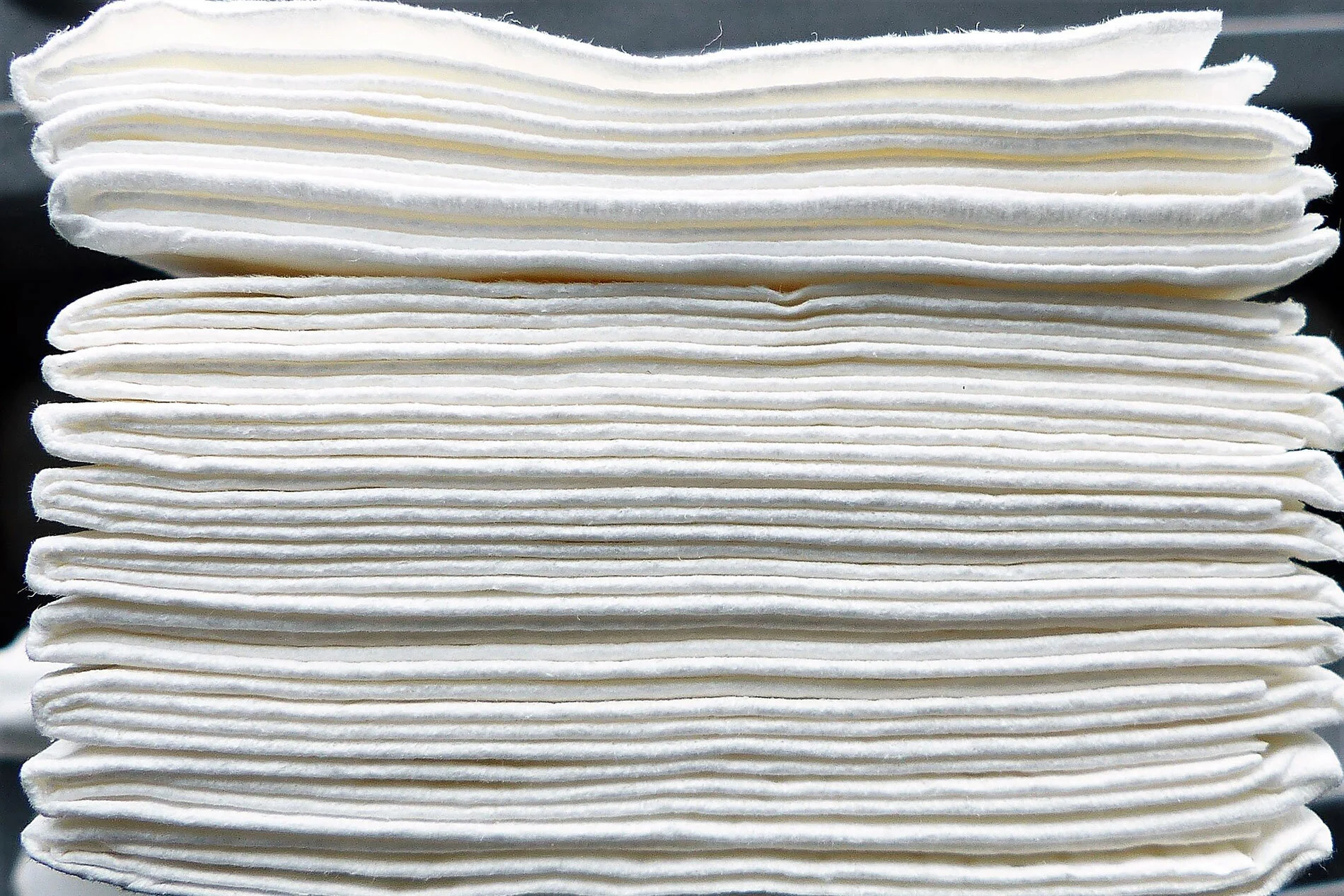On Death, COVID-19, and Easter
Death feels paralyzingly final, doesn’t it?
I teach a prison Bible class on Wednesdays. Well, I did until the coronavirus struck. But I’ve been going in there for years, meeting with a new cohort of guys every 14 weeks.
I ask every class about the place they most long to visit when they get out. Do you know the answer I get most often? Their mom’s grave.
Those guys live with constant guilt and regret over time missed with the people they love. Not being there when mom, or grandma, or brother passed away – when death is so final – haunts them.
As the coronavirus pandemic rages on, we are all thinking more about death. One of the great changes in our modern world is that we are largely removed from death. Most deaths now occur in a hospital, or on hospice, under pain-relieving medications. In previous eras, death was something that happened in your home. It was painful. Ugly. Inescapable. But now, for most of our lives, death is a distant thought. Out of sight, out of mind.
COVID-19 has pressed death back into our consciousness. The numbers are staggering. Thousands have died. And more will. Despite what we know to be true, we live as though we are immortal. This virus tells us otherwise.
Like my brothers in the prison, suddenly we are all hoping that death won’t have the last word.
On that first Easter morning, that’s what Mary and the disciples were hoping as well. When Peter looked into the tomb,
He saw the strips of linen lying there, as well as the cloth that had been wrapped around Jesus’ head. The cloth was still lying in its place, separate from the linen. Finally the other disciple, who had reached the tomb first, also went inside. He saw and believed. (John 20:7-8)
Peter had seen death overcome before, which in and of itself is unparalleled. He’d seen Lazarus raised from the dead by Jesus himself. He surely remembered how Lazarus came stumbling out of his tomb at Jesus’s command, dead four days and somehow walking again.
Well, stumbling. All the ritual linens of death – the ones he’d been wrapped in when he passed – were tangled around his feet. His hands and head still wrapped. All those trappings of death were still on him. And Jesus had to tell the stunned onlookers: “Take off the grave clothes and let him go” (John 20:44).
Those wrappings, still hanging from Lazarus, must have signaled to Peter something he knew to still be true. Lazarus would die again. Death still clung to him. Still had the last word.
But then Peter looked into this other tomb. This tomb where Jesus was laid three days ago. And what did he see? The burial clothes of death were folded neatly in place. And there was no body in sight.
Although he didn’t yet fully understand the resurrection, we do. Death will never touch Jesus again. Like I tell the guys in prison, he’s beat death. Folded it up nicely. Patted it down. And walked away.
In a moment when we see death all around us, may we remember that though death still has something to say, death will not have the last word.







